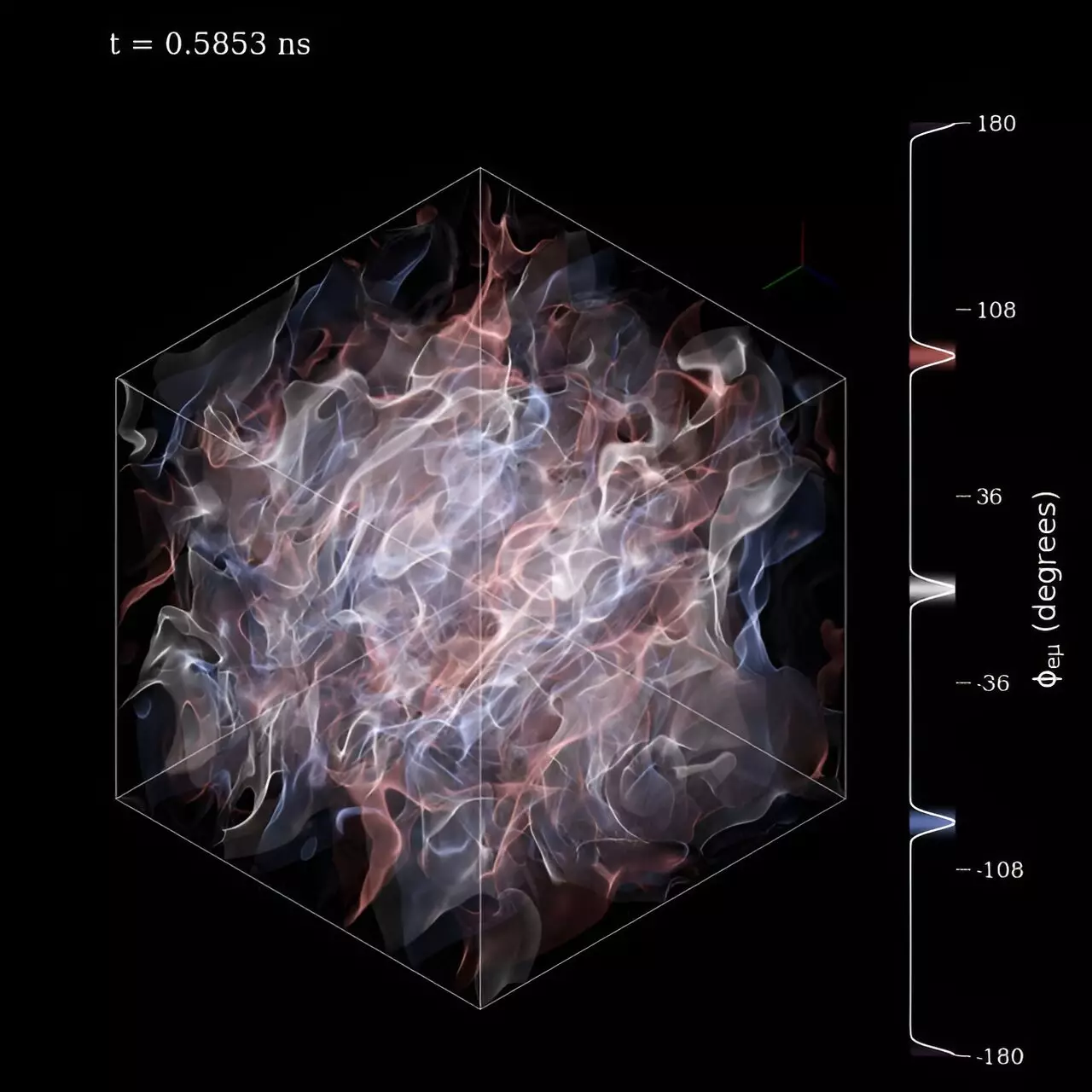Neutrinos often evoke fascination due to their remarkable elusive nature and their role as fundamental particles in the universe. These tiny, nearly massless particles possess a quantum mechanical property termed “flavor,” which allows them to oscillate between different types as they traverse celestial regions. This phenomenon is not merely trivial; it has profound implications for our understanding of astrophysical events, such as supernovae and neutron star mergers. However, tracking the behavior and flavor transformations of neutrinos in these complex environments presents a significant scientific hurdle.
The Challenge of Neutrino Tracking in Astrophysics
In research published in esteemed journals, including The Astrophysical Journal and Physics Letters B, scientists are facing the daunting task of deciphering neutrino behavior amid chaotic astrophysical phenomena. The intricate interplay among a myriad of neutrinos complicates efforts to monitor their movements and flavor changes. As these neutrinos race through space, they hold vital information about the energy dynamics of their parent phenomena, yet the sheer volume of these particles poses a challenge to any analytical approach. The need has arisen for innovative methodologies that can simplify our understanding of neutrino behaviors in such dynamic environments.
Innovative Approaches to Neutrino Dynamics
A promising solution lies in expanding existing models to incorporate the quantum mechanical shifts in neutrino flavor. By adopting a semi-classical angular-moment-based approach, researchers are able to distill the complex equations governing neutrino behavior into a more manageable framework. This enables scientists to track not only the physical movement of neutrinos but also their flavor transformations, significantly reducing computational challenges. The angular moment method, which consolidates the data into a compact set of equations, emerges as a pivotal tool in addressing the intricacies of neutrino dynamics in settings like neutron star mergers.
Fast-Flavor Transformations: Key Insights
Recent studies have illuminated a specific type of neutrino flavor transformation known as “fast-flavor,” which necessitates an understanding of angular information regarding the neutrinos involved. The innovative methodologies being explored have demonstrated promising results, successfully capturing the growth dynamics of these transformations. As researchers push the boundaries of existing knowledge, it becomes increasingly clear that these advancements herald a new era in neutrino physics, potentially revolutionizing our comprehension of energy flow in astronomical events.
The Broader Implications for Stellar Astrophysics
Understanding neutrinos is not just an academic exercise; it is vital for grappling with the elements produced in cosmic explosions. By gaining insights into the interactions of neutrinos, scientists can better predict the manufacturing of heavy elements during stellar deaths. This knowledge has implications far beyond theoretical astrophysics, encompassing fields that extend into cosmology and elemental genesis. As researchers refine these new methodologies, the potential insights into the fabric of the universe could reshape our grasp of fundamental processes taking place across the cosmos.
Through embracing innovative theories and techniques in neutrino research, we stand at the precipice of transformation in our understanding of the universe. The implications of comprehending these ghostly particles extend beyond mere academic curiosity; they promise to enhance our understanding of the fundamental forces that shape the cosmos.

